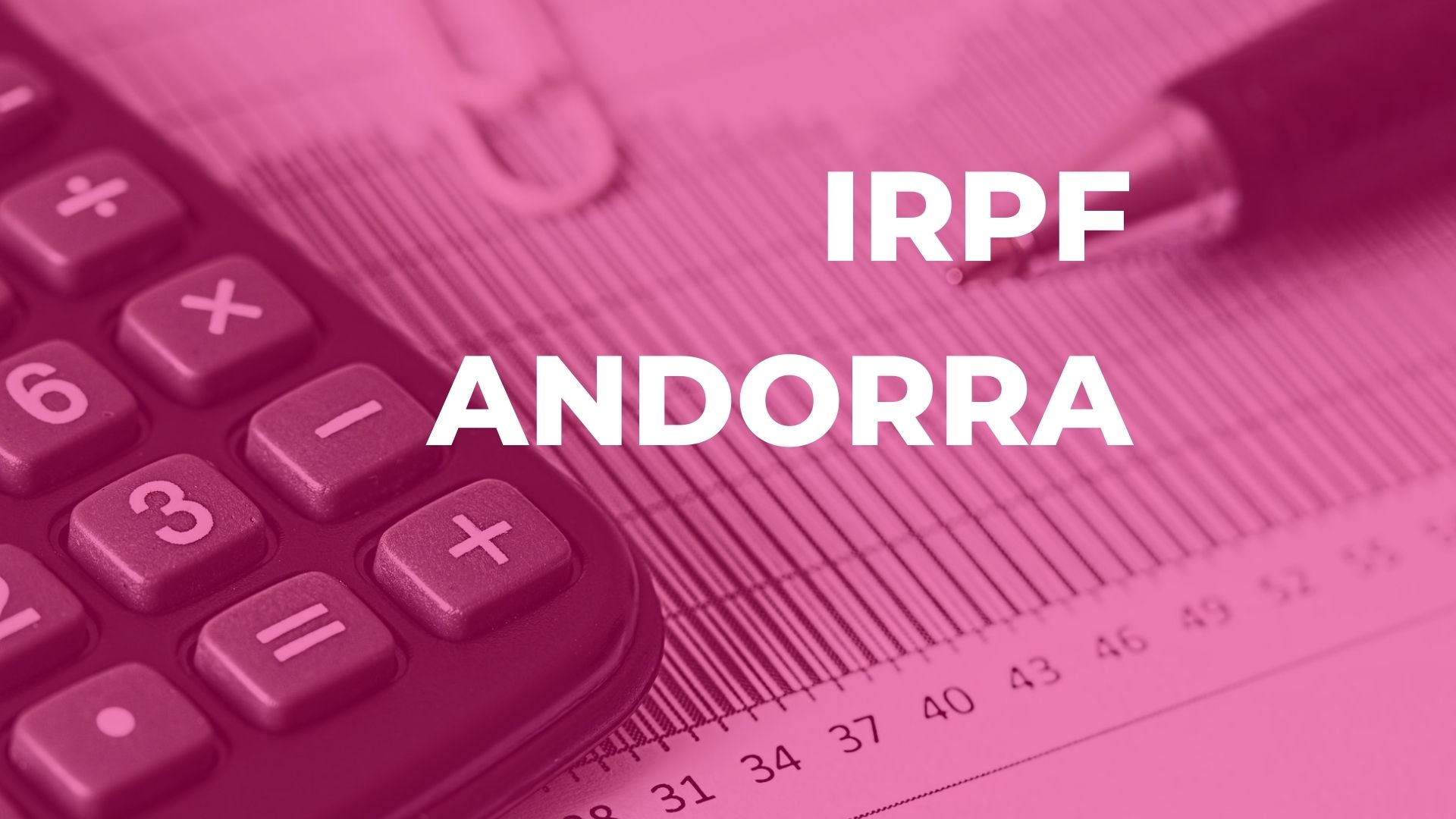One of the most interesting aspects of our country is the way in which the Andorran banking and financial system works. For this reason, in this article we are going to explain the most important characteristics of that system. You will certainly find it useful to know about them if you are thinking of moving here.
Table of contents:
- Information about banking in Andorra
Activities and services offered by banks in Andorra
Andorra is part of the SEPA zone
Bodies involved in banking and financial activities
A modern and technologically advanced sector
Andorra complies with agreements on transparency and the exchange of information
A good outlook, according to the rating agencies
Facts about banking in Andorra
Information about banking in Andorra
Andorra’s banks are a solid, transparent and solvent sector that is internationally competitive and complies with European transparency standards. However, they are not governed by the European Central Bank.
In economic terms, they contribute 15% to Andorra’s GDP, which generates 97 million euros, according to data from in this publication in 2021. An important sector which contributes to economic development and enables Andorra to maintain a strong economy.
There are currently three large banks with a national and international presence:
• Andbank
• Crèdit Andorrà
• Mora Banc
In 2022, there were major developments in the Andorran banking sector, resulting in a reduction from five banks to three banking groups. Mora Banc acquired Andorra’s Banc de Sabadell, while Crèdit Andorrà bought Vallbanc, which had previously been BPA.
In 1930, the first bank in Andorra, the Banc Agrícol i Comercial d’Andorra, was founded in Sant Julià de Lòria. A group of people from Barcelona appreciated the hydrological conditions of the country and negotiated with the Consell General the exploitation of the water and electricity in exchange for services to the country. They realised that a bank was needed to manage the economy and transactions, and the Banc Agrícol i Comercial d’Andorra has now been a reference in the country for more than 25 years. In 2001, it merged with Banca Reig, founded in 1956 by Julià Reig Ribó, thus creating the name Andbank and marking the high point of its history.
Activities and services offered by banks in Andorra
The main activities are personal and commercial banking services for individuals and companies, as well as asset management and insurance.
Find out how to open a bank account in Andorra.
The banks have branches throughout the country, with customer services open from Monday to Friday and ATMs available 24 hours a day.
Internationally, it operates through its subsidiaries in eleven countries in Europe and America.
The banking sector has adapted to the changes in national and international regulations and complies with the required standards. It has a solvency ratio of 17%, higher than the European average (15.40% at the end of 2021), thanks to its business model, high ratings and specialisation in commercial and private banking.
Andorra is part of the SEPA zone
Since 2019, the Principality has been part of the Single Euro Payments Area (SEPA). Andorran banks are therefore able to make international and national transfers and direct debits in euros using the SEPA protocols, without differences between countries, and with the same facilities and security. This area includes the 27 countries of the European Union, as well as Iceland, Norway, Liechtenstein, Monaco, San Marino and the Vatican.
More detailed information can be found in our article.
Bodies involved in banking and financial activities
There are several bodies, such as the Andorran Financial Authority (AFA), that regulate banking and financial activities. There is also the Financial Intelligence Unit (UIFAND), which is responsible for combating money laundering and the financing of terrorism.
Finally, there is the Andorran Banking Association, created in 1960 to defend the interests of its members.
A modern and technologically advanced sector
Investment in technology and digital transformation is currently one of the priorities of Andorran banks. This is demonstrated by the 120 million euros that was invested by 2021 in various projects to promote digital transformation. And by the development of electronic banking to offer the maximum number of on-line services, the improvement of secure means of identification and the digitalisation of on-line communication channels. By 2021, the number of digital users had increased by 45.7% and the number of users of mobile applications by 356.8%.
These projects have been carried out in parallel with the National Plan, which focuses on economic and social development through digital transformation as the central axis.
Andorra complies with agreements on transparency and the exchange of information
Although in the past the Principality was considered a tax haven, it has not been regarded as such since it signed transparency and co-operation agreements and information-exchange agreements with both the OECD and the European Union. These organisations have removed Andorra from their lists of tax havens.
Banks are now obliged to share fiscal information with other countries, numbered accounts no longer exist, and money laundering is prosecuted.
A good outlook, according to the rating agencies
Fitch Ratings gave Andorra an A- rating in July 2022 and Standard & Poor’s gave it a BBB+/A-2 rating, with a stable outlook. These are the most favourable ratings that Andorra has received so far and an improvement on the January 2022 ratings. These are positive signs of the good solvency of Andorran banks.
In our article, you can see the forecasts of the other rating agencies for Andorra.
Facts about banking in Andorra
To give you a quick idea of the importance of the banking and finance sector, here are some data for 2021:
• 15% of the Andorran GDP is generated by the banking sector.
• The net profit of the banking sector was 97 million euros.
• The sector spends 10% of its profits on promoting digital transformation.
• Between 2020 and 2021, the number of digital users increased by 18% and those using mobile applications by 24%.
• It is currently present in 11 countries.
• It employs 2,579 people worldwide, of whom 1,175 are women and 1,404 are men.
• And the 1,337 employees in Andorra alone represent 5% of the total number of employees.
• It dedicates 6% of its profits to corporate social responsibility activities in the social, cultural, environmental, sports, health and economic fields.
***Data provided by the Association of Andorran Banks in its 2021 report.
In short, the Andorran banking sector is a modern sector which is working to adapt to the new times, which has a high level of solvency compared to that of European banks, and which contributes to the economy of the Principality.
If you are interested in moving to or investing in Andorra, we can help you. We are a company with a presence in the Andorran market, with almost 15 years of experience, with good accounting and financial knowledge, and we will accompany you throughout the process.



